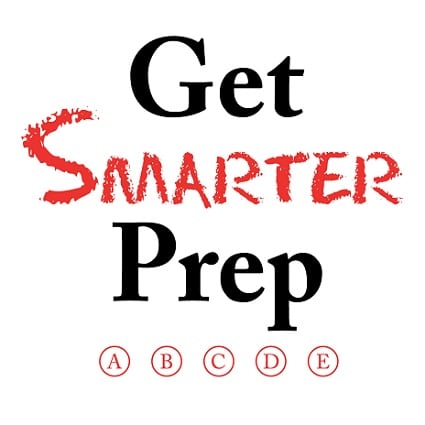Dealing with Deferrals
If you submitted any Early Decision or Early Action applications this fall, you have probably received the college’s response: yes, no, or “maybe.” Deferrals are very common, and at many schools they outweigh both the “yes” and “no” groups. (That is, when a school even has a “no” pile for EA-applying students. Georgetown, for example, defers everyone not accepted EA.)
This post is for the “maybes” – those whose early applications were deferred by their first choice schools. What are your next steps?
First, and absolutely the most important, is to finish the rest of your applications. If you were procrastinating in the hopes of not having to complete them, you may not have much time to wrap up essays, get your scores sent, etc. You may even need to consider rounding up a school or two with rolling admissions if you haven’t already been accepted to one, depending on how much time you have left and how much work you have to do.
The second thing is to not panic. (Normally I’d put that first, but those deadlines are looming!) Being deferred is obviously maddening. It’s hard to formulate a plan with so much lingering uncertainty. However, you still have options, and remembering that can help dull the panic. Consider how much you still want to attend the school that deferred you. Consider, also, what your plan of action would be if the answer had been “no” instead of “maybe.”
If you’re still certain you’d like to attend the school, write a “deferral letter.” Explain that you’re still interested in the school, and include any new, relevant information that might bolster your case for admission. In addition to the letter, if possible, you may want to consider another visit. This helps demonstrate your continued interest, and might also provide new information to you about whether or not your number one school is still, in fact, your number one.
Test again. If you have test scores you haven’t sent, send them. If you have time to retake the SAT or ACT, do so. Depending on the school in question, you may consider taking/retaking SAT Subject tests in January.
Finally, keep your grades up. One of the main things admissions officers look for in deferred applicants are mid-year grades. A challenging senior year course load with stellar grades can only help your case!
Being deferred can feel like a disaster, but it doesn’t have to be the end of the world. You still have steps you can take, you still have options, and you can still end up at an amazing school. Good luck!


